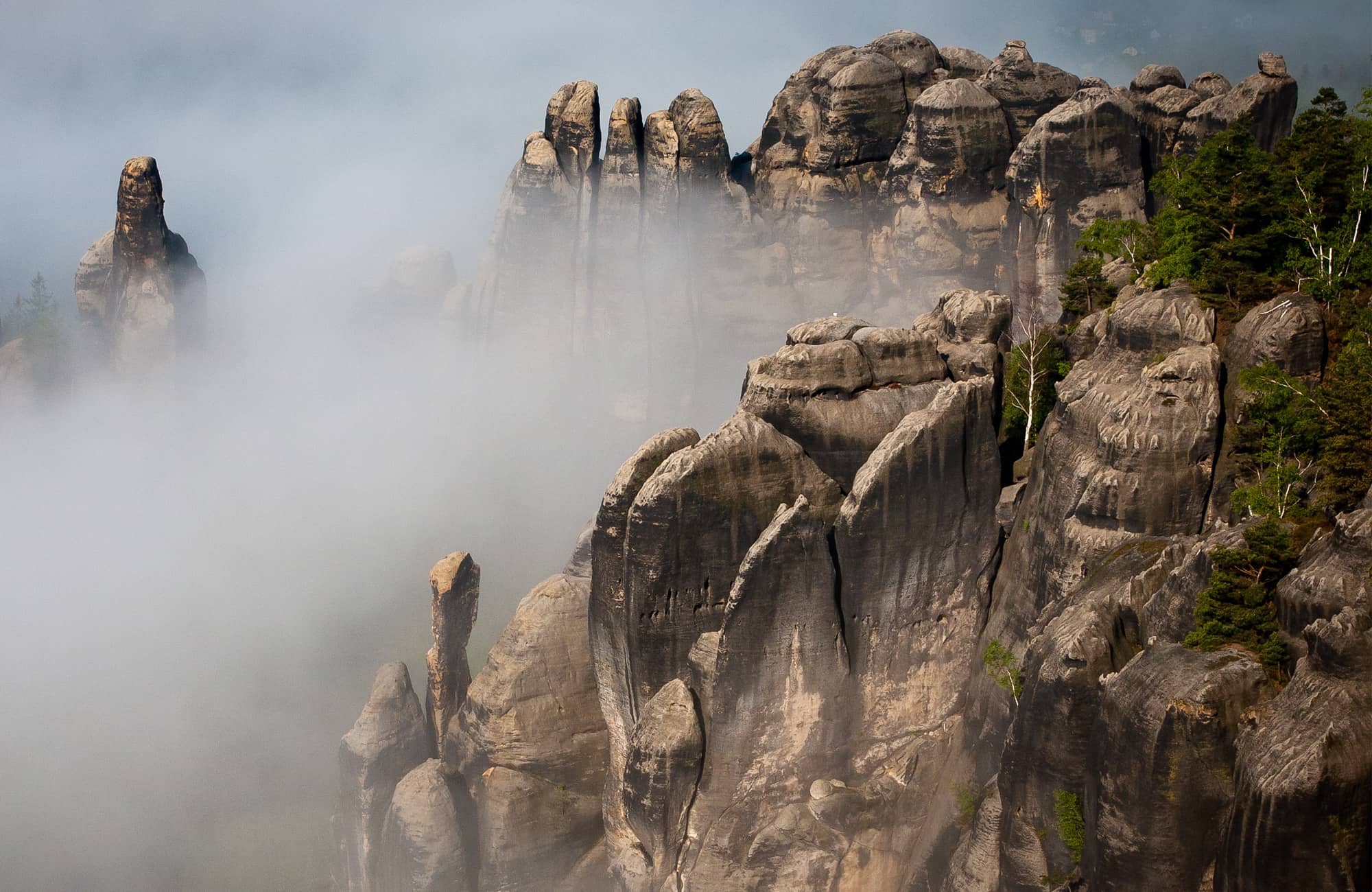Slackline First Steps
What is a slackline? First, you select two trees, and fasten a belt between them. The slackline is made. Now, the challenge is to walk on it.
Slacklining began in the climbing scene in the late 70´s and early 80´s. Until some years ago it was relatively unknown, but recently it has developed increasing interest and enthusiasm. Since summer 2006 the sport has been booming in Europe and has attracted attention and grown in popularity through an increasing number of small festivals, internet contributions, and other media coverage.

Slacklining is a simple idea, but there are a few important details to take into account.
The material of the slackline is normally a thin, flat belt made out of polyester or polyamide. A typical slackline is between 2.5 wide. But there is also slacklinekits with a little wider webbings. The stretchiness of the material of the belt is crucial for the performance of the belt with respect to stress and strain. If the material of the slackline is stretchy it will be spongy underfoot, and require more sensitivity. Tightly tensioned, hard lines are easier for beginners than looser soft lines.
To begin with, select two trees that are about 8 metres apart. To protect them from damage you should use a tree protection. Our tree-protection is designed for this purpose and also makes slackline assembly easier. The ground should be free of potential hazards such as spiky, hard or sharp objects. A soft lawn or sand is ideal.
In order to ensure that you are able to walk on the slackline without touching the ground at the midpoint, you need to tighten it so that it is firm at knee height. Among beginners, ratchets, as are commonly used for load lashing, are widely used as a tensioning system. More ambitious beginners often tighten their first slacklines with a webbing pulley, such as our Ellington pulley kit.
On your first attempt to get on the slackline you will experience the essence of the sport. Initially, your familiar sense of balance, trained by years of walking on solid ground, is not able to handle this new situation. So, your brain has to learn a new way of moving, like it does with skiing, surfing, etc.

Beginning is always hard. Therefore, one person might take an hour, while another person might take three or four hours until they can walk their first steps by themselves. Even the best slackliners started small. So take your time, stay relaxed and keep on trying. Have fun, and enjoy your new experience of balance.
Once you have you learned the basics of standing and walking, and the new way of moving is second nature, the desire to do more increases. What’s next? A lot of things may seem impossible in the beginning. Can you sit down? Lie down? Stand back up again? What about jumping up and down as if you are on a trampoline? How long can you make the slack-line? How high can you make it? And what about two people on the slackline at the same time?
Once the fire is stoked the urge for more can be satisfied. Out of enthusiasm/passion and joy for this way of balance, different styles of slacklining developed to stroll on this narrow line.(we play with walking the line/ finding balance - others just talk about it). The main styles are Trickline, Highline, Longline, Waterline and Rodeoline.
Slacklining as a young sport has established itself in the outdoor sport and in many parks in bigger cities one sees more and more people who are walking longer and longer slacklines as the normal leisure fun. Nevertheless, Slacklining is still in the middle of its development and one may be curious what will happen in the future.

